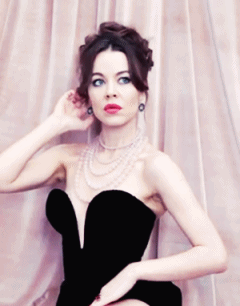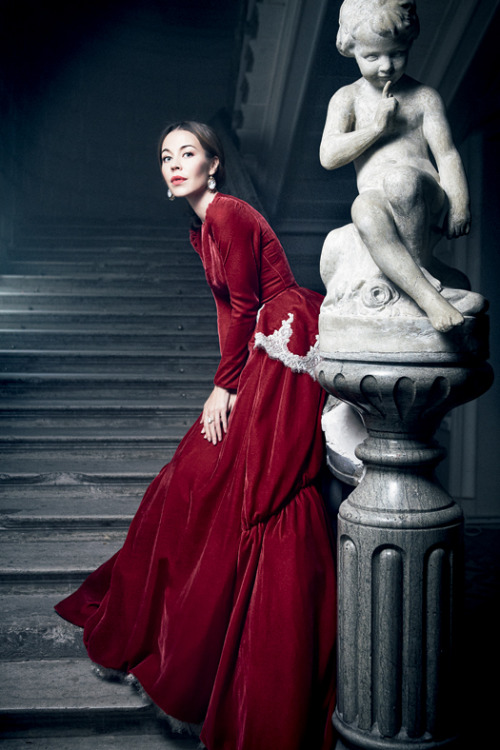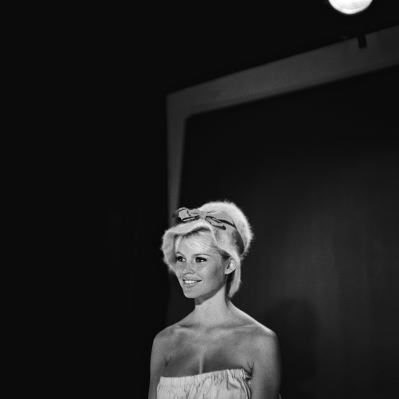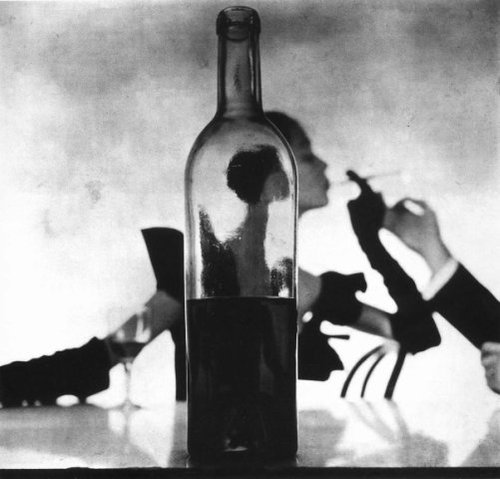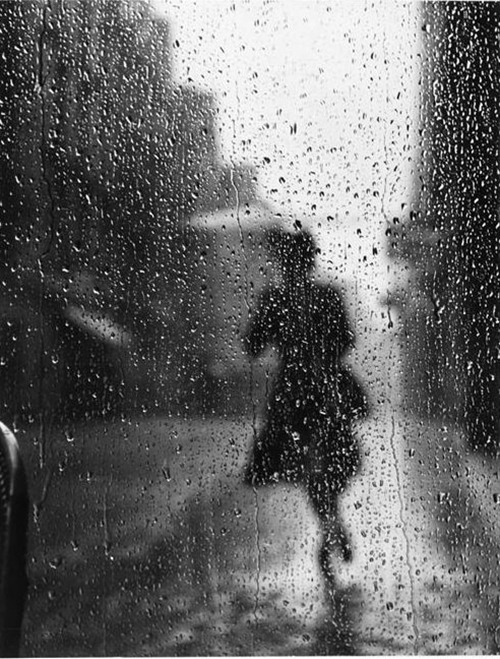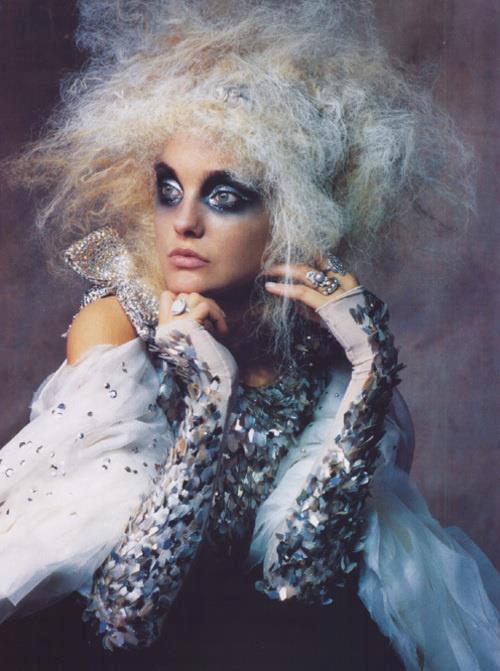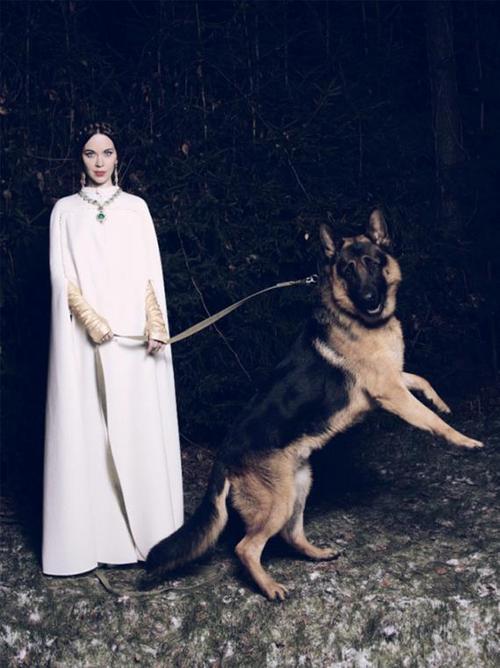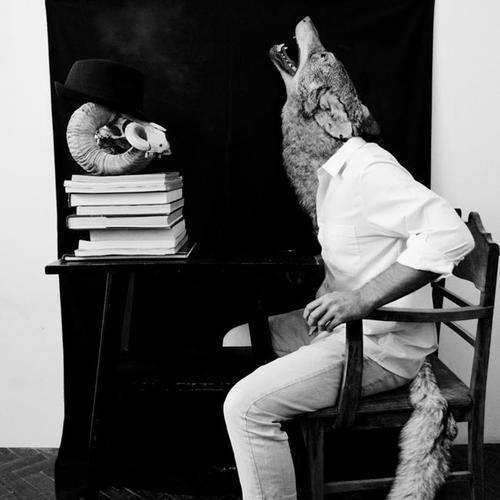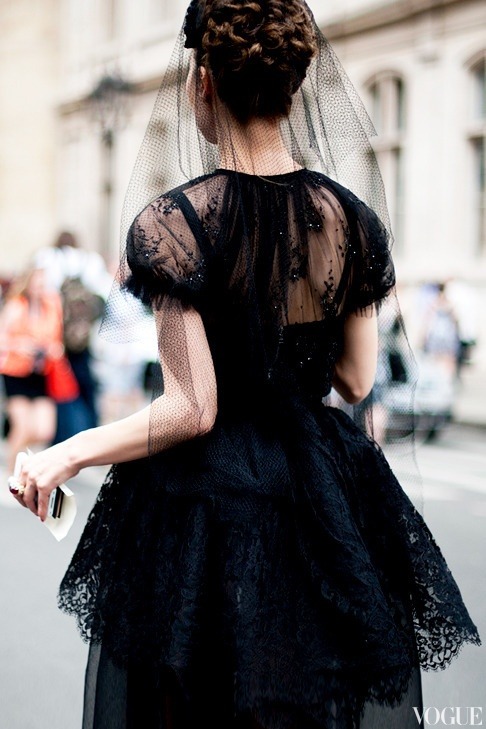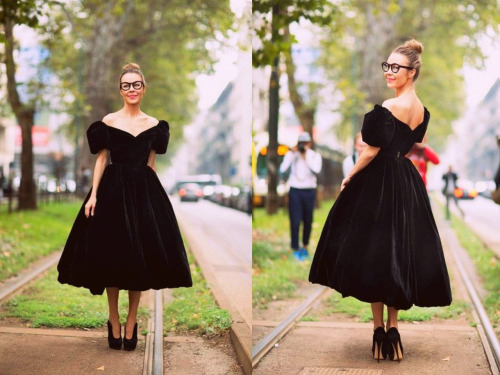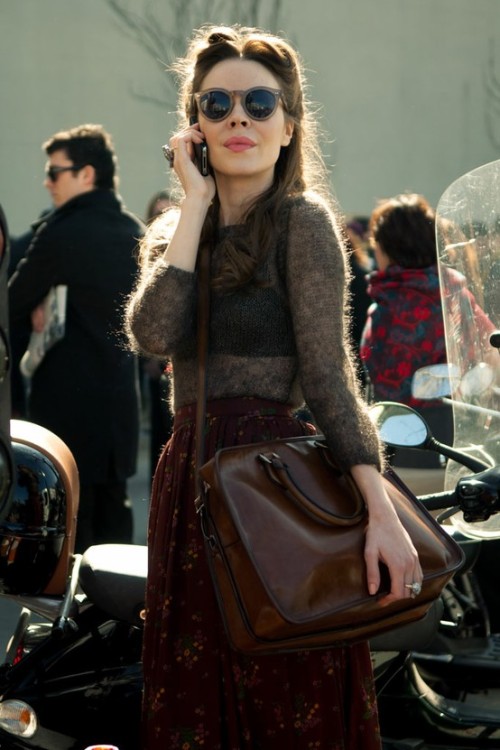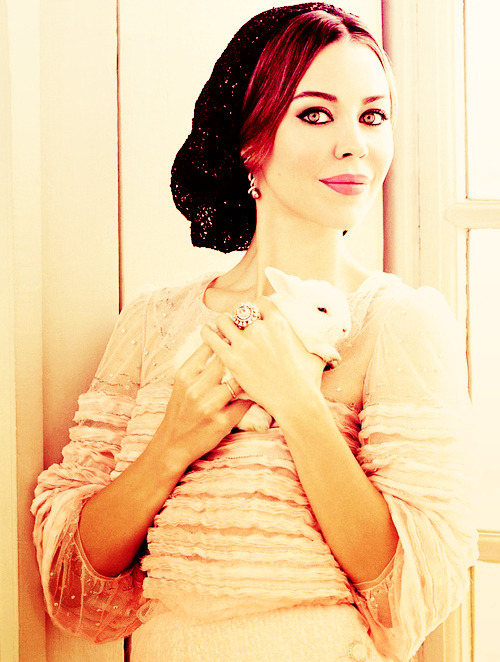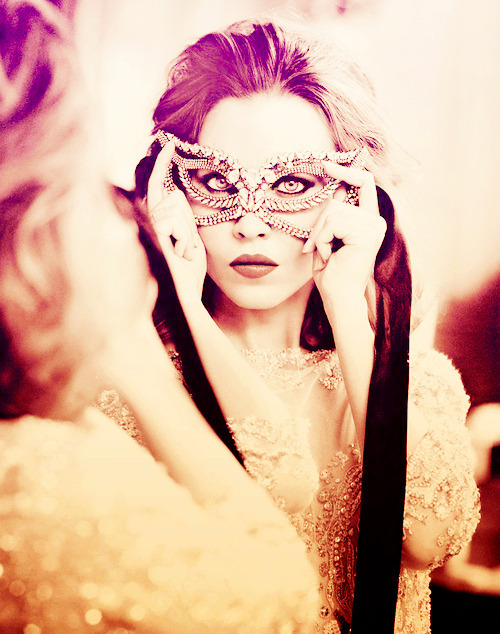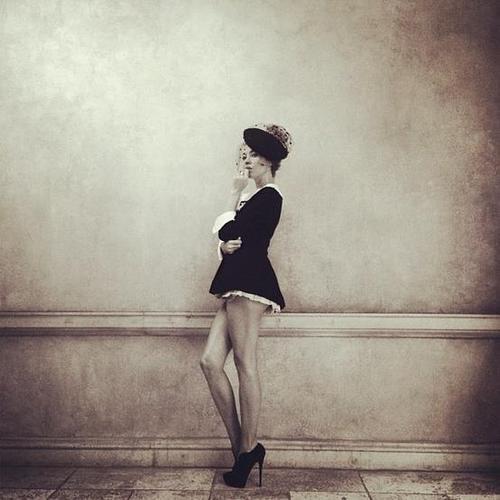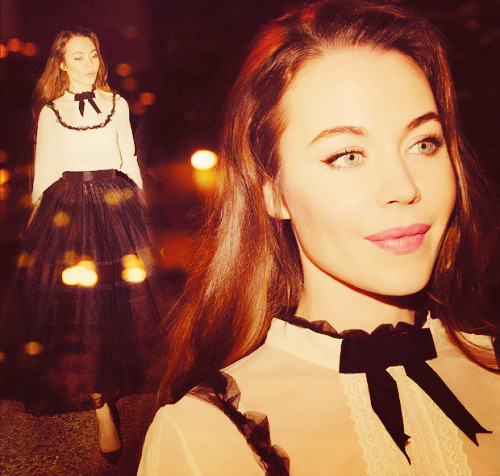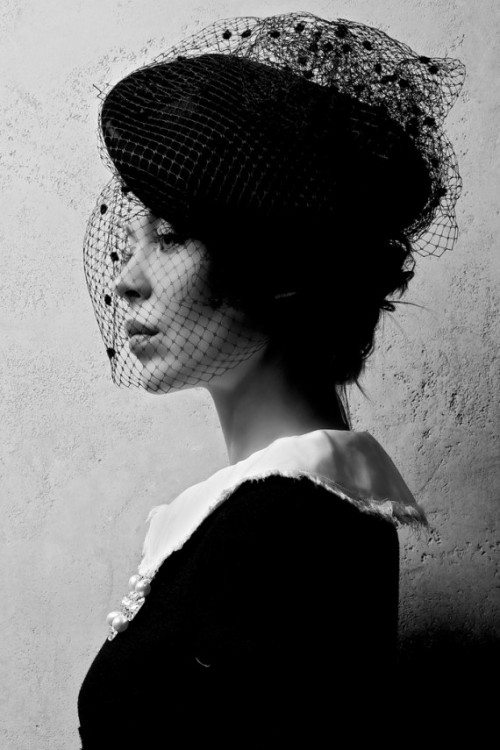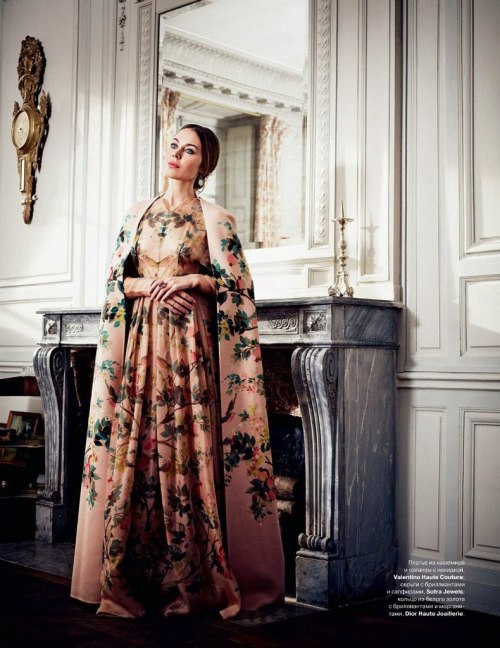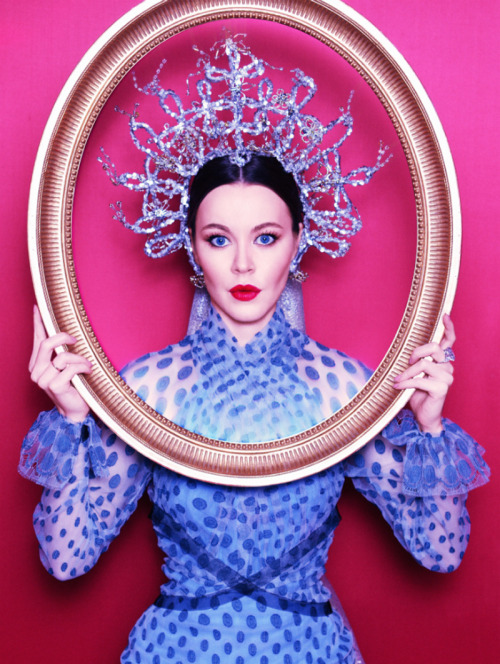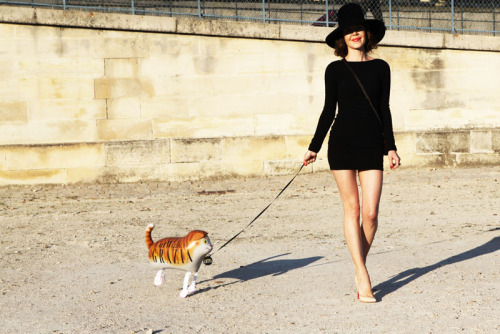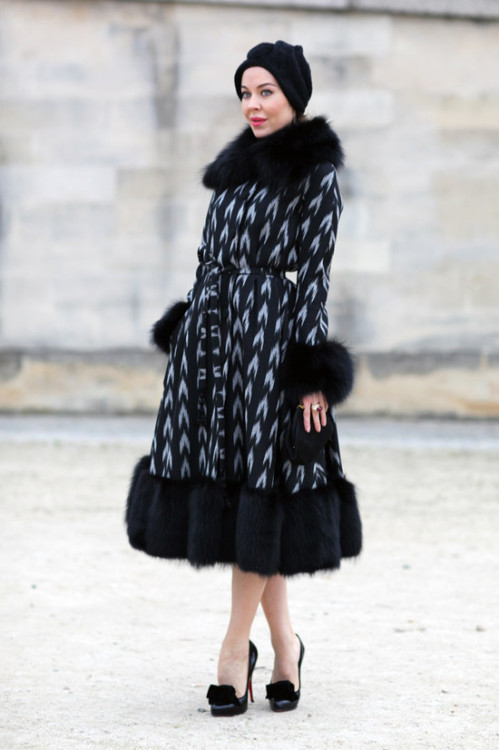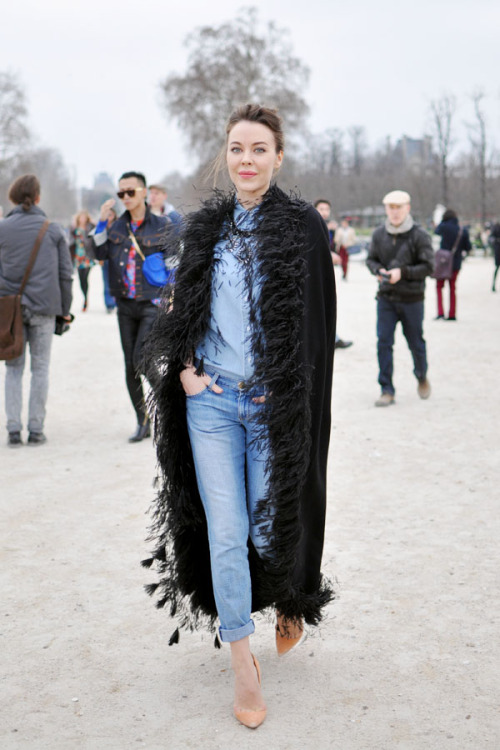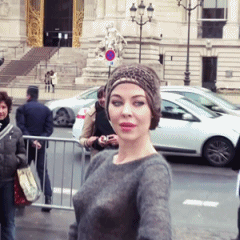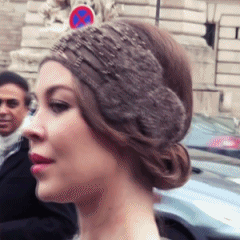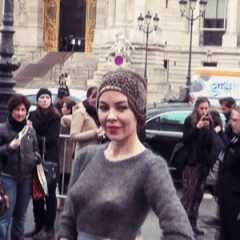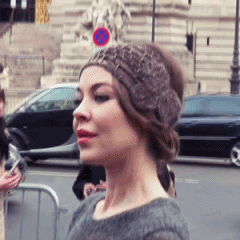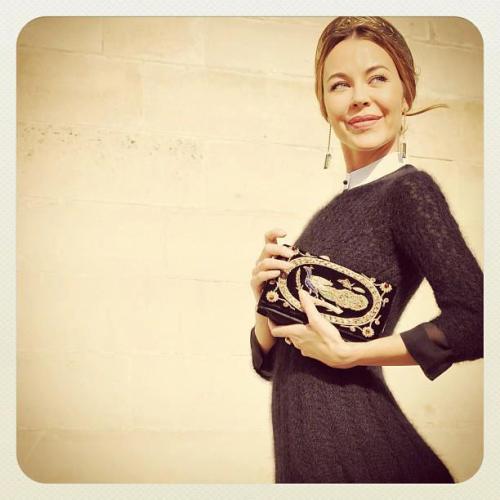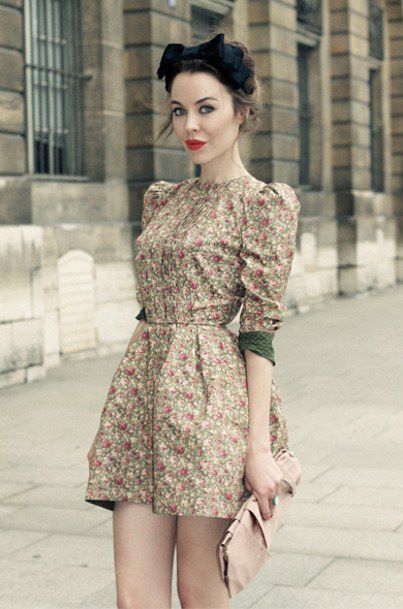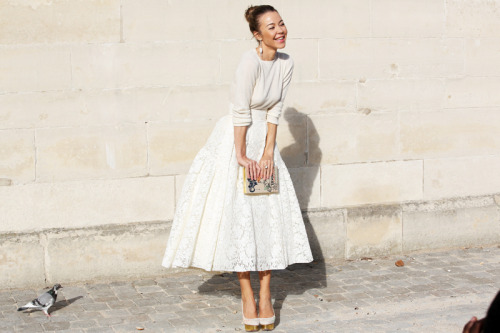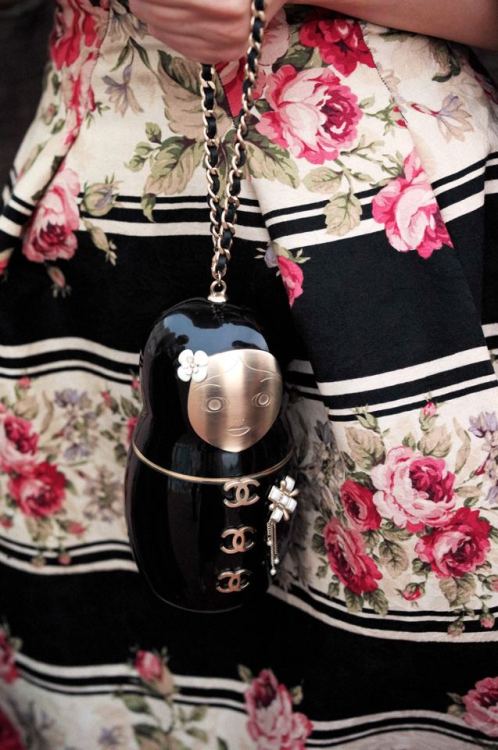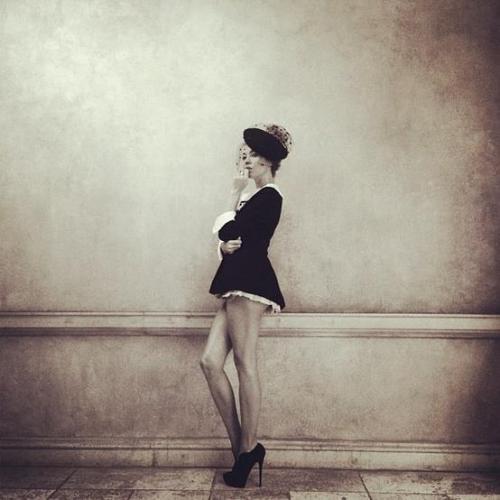If you look carefully at this painting of dead leaves in autumn, you will see a copperhead snake.
Animal camouflage is a marvel of nature; one who paints it is a camofleur.
Abbott Handerson Thayer, who lost two little daughters within two years during the 1880s, was a man who understand the need for protective coloration. We may not know what made his eye so keen to discern what others before him had missed but we can intuit the frame of mind he brought with him when he contemplated his fellow creatures.
Thayer (1849-1921) was born in Boston and began his art training with Henry D. Morse, a painter of animals in Brooklyn. For a New Englander in the 19th century, nature was a transcendent realm. as we can see in Thayer's meditative paintings of Mount Monadnock.
Concealing Coloration in the Animal Kingdom (1909), was the product of several years of work, including dozens of paintings that illustrate his theory of animal camouflage.
Thayer developed a theory of counter-shading, now known as Thayer’s Law.
He concluded that coloration, no matter how vivid, protected
them from
their natural predators.
Even a pink flamingo would vanish against the sky at sunrise or sunset.
“The spectator seems to see right through the space occupied by an opaque animal,” Thayer wrote.
As resourceful in his own methods as the animals he studied. Thayer often tempered the texture of his paints by adding dirt to them and even brushed a broom over wet paint to create a sense of flux in it. Two images that look to be sunset skies demonstrate what Thayer's keen eyes had discerned. The first one is straightforward while the second one is a picture of white flamingos simulating the marshy sky.
In nature, color protects animals in two ways: through blending and distortion. Consider the zebra. Its loud stripes (to our eyes) obscure its shape, making it nearly invisible to a predator on the African savannahs. Shading can add a third dimension of shape-shifting by inference.
Thayer's work built on the work of Michel Chevreul (1786-1889), the superintendent of the
atelier de teinture for the Gobelin Manufacturers in Paris. The Gobelin family business was the renowned tapestry maker for Louis XIV's Versailles but by Chevreul's time, it made tapestries for government buildings and official state gifts. He observed that extended exposure to a given color leaves an afterimage in the eye, a 'halo effect." Chevreul's theory accounted for both simultaneous and successive contrast. Like the scientist that he was, Chevreul elaborated a system for categorizing these colors that he named the
cercle chromatique (1855).
Thayer had a difficult time convincing anyone to act on his discoveries, at first. In vain, he had protested the U.S. Navy’s decision to paint their battleships gray as the way to avoid detection by enemies. As an alternative he proposed that the surfaces exposed to direct sunlight should be darker and shadowed surfaces should be lighter. Using this technique, called quarter-shading, Thayer argued, a ship would “appear transparent and cause the observer to seem to look through it, as though it were not there.”
It did not help Thayer’s cause that the immensely popular Teddy Roosevelt was an immediate and vociferous critic of his book. Roosevelt, fresh from an African safari, claimed that he could spot animals from miles away . He rebutted Thayer - at length (112 pages worth) - in print and the former president refused Thayer’s repeated invitations to discuss his theories It took a world war for Thayer to get a serious hearing.
After the sinking of the Titanic in 1912, an anguished public wondered how the ship’s crew could have failed to see the iceberg in its path. Thayer knew the answer: “There is only one color that when set up vertical is light enough not to be a dark figure against the sky beyond, and that color is white.”
Images: by Abbott Handerson Thayer, from his book Concealing Coloration in The Animal Kingdom, 1909, unless otherwise noted. Smithsonian Museum of American Art, Washington, DC.
1. Copperhead snake on dead leaves.
2. Sunrise or sunset.
3. The sky simulated by white flamingoes.
4. Male Wood duck in a faorest pool.
5/ Roseate Spoonbill.
Source:
THE BLUE LANTERN: Abbott Handerson Thayer: Camofleur
Link:
http://thebluelantern.blogspot.ca/2012/11/abbott-handerson-thayer-camofleur.html
From Wikipedia, the free encyclopedia
Abbott Handerson Thayer (August 12, 1849 – May 29, 1921) was an American artist, naturalist and teacher.
As a painter of portraits, figures, animals and landscapes,
he enjoyed a certain prominence during his lifetime, as indicated by
the fact that his paintings are part of the most important U.S. art
collections.
During the last third of his life, he worked together with
his son, Gerald Handerson Thayer, on a major book about protective coloration in nature, titled:
Concealing
Coloration in the Animal Kingdom: An Exposition of the Laws of Disguise
Through Color and Pattern; Being a Summary of Abbott H. Thayer’s
Disclosures.
First published by Macmillan in 1909, then reissued in 1918, it had an effect on the use of military camouflage during World War I.
He also influenced American art by his efforts as a teacher who trained apprentices in his New Hampshire studio.
Link: http://en.wikipedia.org/wiki/Abbott_Handerson_Thayer















